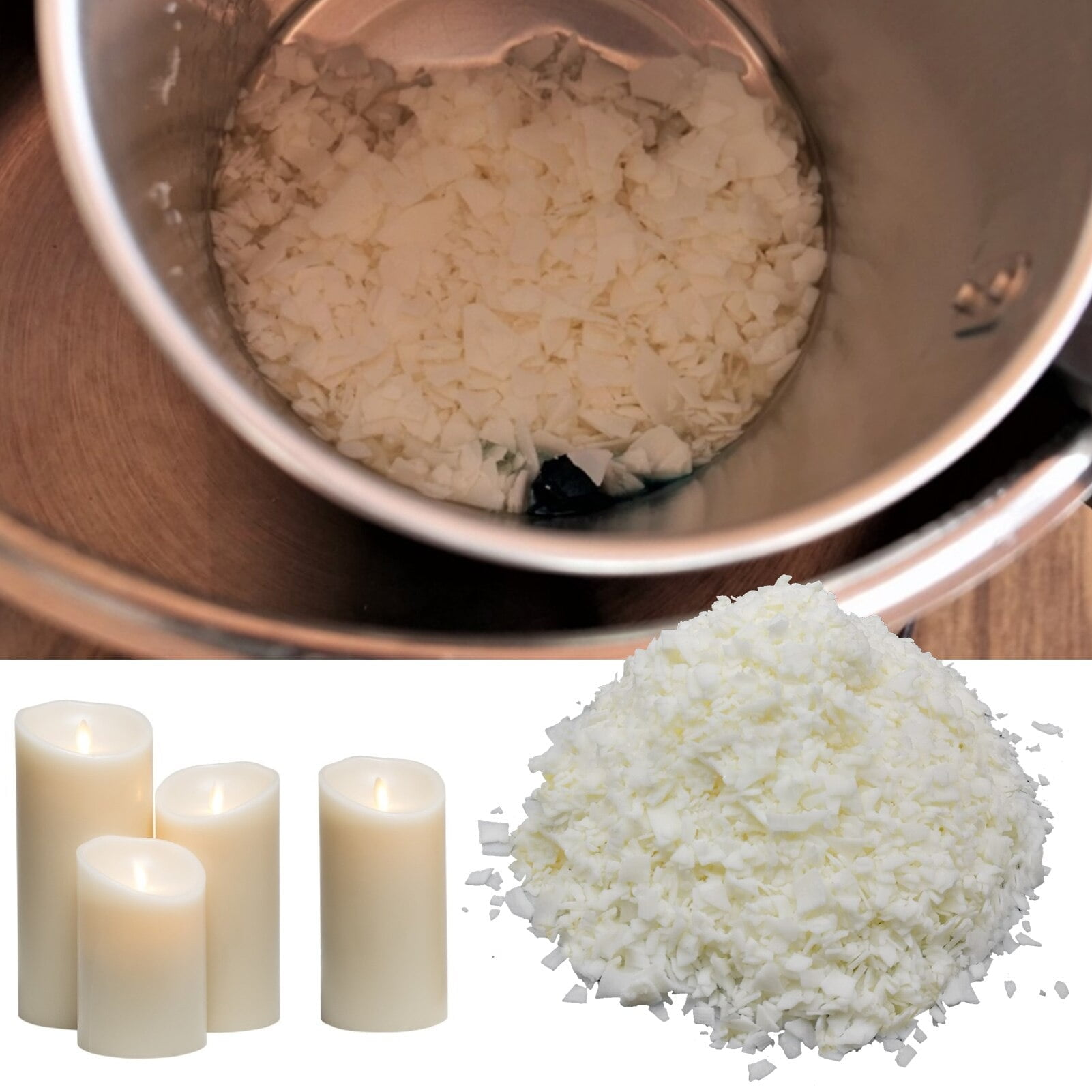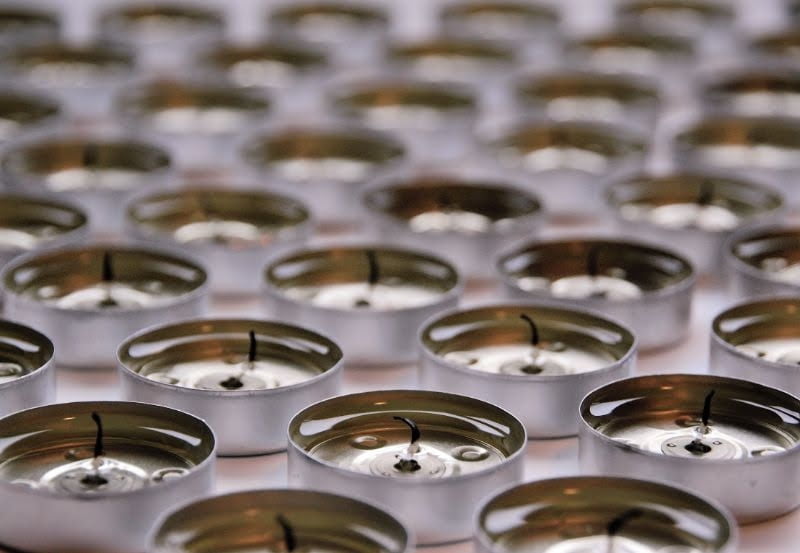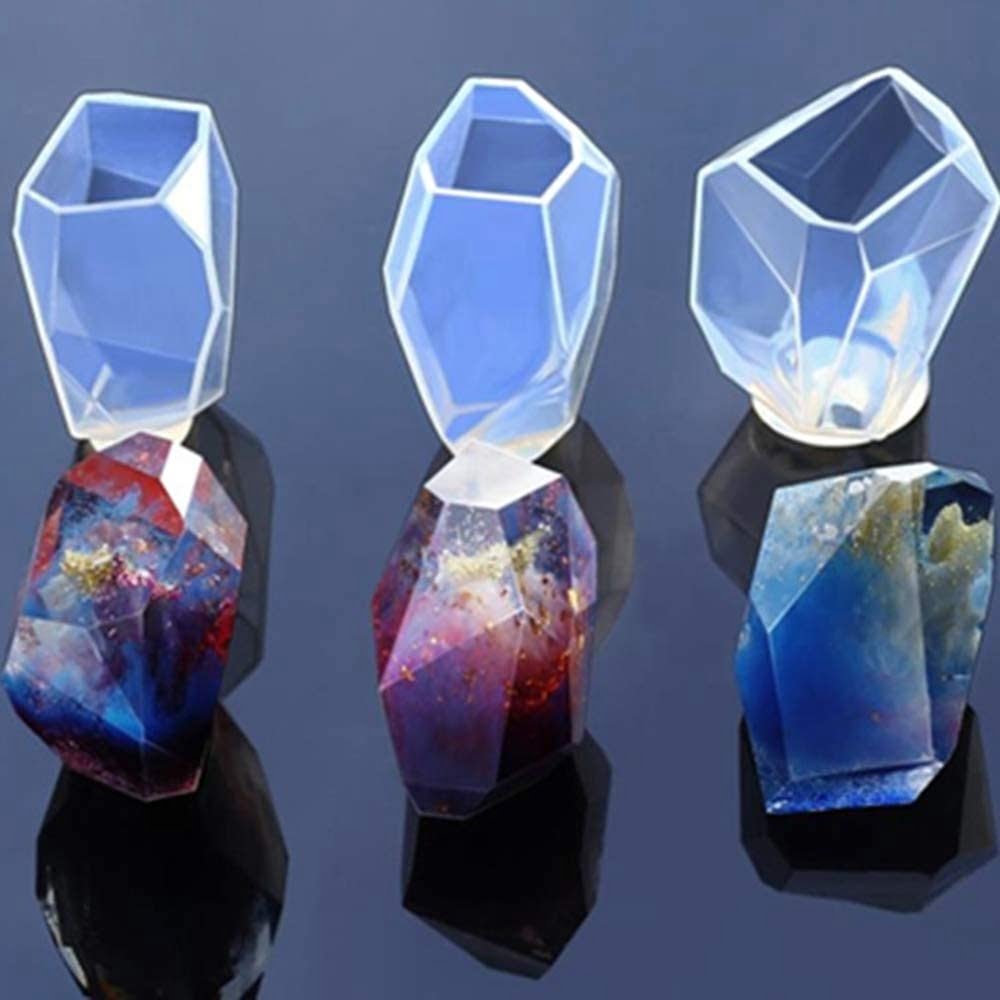Candle making is an ancient craft that has evolved over centuries, and one of the key components in creating beautiful and unique candles is the type of wax used. In this article, we will explore the world of different waxes for candle making, each with its own unique characteristics and benefits. Whether you are a beginner or a seasoned candle maker, understanding the various waxes available can help you create exceptional candles for personal use or as gifts.
When it comes to candle making, the type of wax used plays a crucial role in determining the quality, appearance, and burn time of the finished product. From classic paraffin wax to eco-friendly soy wax, natural beeswax, unique palm wax, transparent gel wax, and other specialty waxes, there are numerous options to consider. Each type of wax offers distinct advantages and considerations that cater to different preferences and needs.
Throughout this article, we will delve into each type of wax in detail, discussing their unique attributes and how they contribute to the overall quality of candles. By understanding the characteristics of these different waxes for candle making, you can make informed decisions when choosing the right material for your specific projects. Whether you prioritize eco-friendliness, aesthetics, scent, or burn time – there is a perfect wax type out there for every candle making enthusiast.
Paraffin Wax
One of the main advantages of paraffin wax is its versatility. It comes in different melting points, which makes it suitable for various types of candles, including container candles, pillars, votives, and tapers. Additionally, paraffin wax can be easily blended with other waxes or additives to customize the finished candle’s characteristics.
However, it’s important to note that paraffin wax is not without its drawbacks. Some people prefer to avoid using paraffin wax due to its petroleum-derived nature and potential environmental impact. Additionally, some individuals may have allergic reactions or sensitivities to paraffin fumes when the candles are burned.
Despite these concerns, many continue to choose paraffin wax as the go-to option for their candle making projects due to its ease of use and accessibility. Choosing which type best suits your needs ultimately depends on what you desire in your final product. Different waxes play an essential role in creating the perfect candle that meets individual preferences.
Soy Wax
One of the key advantages of using soy wax for candle making is its ability to hold fragrance oils effectively, resulting in strong and long-lasting scents. This makes it a great choice for those who enjoy aromatherapy or simply love filling their homes with delightful fragrances. Furthermore, soy wax is also known for its smooth and creamy appearance, which allows for easy mixing with dyes to create vibrant and attractive candles.
Another benefit of choosing soy wax for candle making is its minimal impact on air quality when burned. Unlike paraffin wax, which can release harmful chemicals into the air, soy wax burns cleanly without producing toxins or pollutants. As a result, soy candles are considered safer for both the environment and human health. With these environmental and health benefits, it’s no wonder why many people are turning to soy wax as their go-to choice for candle making projects.
Overall, soy wax offers a host of benefits that make it an attractive option for candle makers looking for a sustainable and eco-friendly material. From its clean burning properties to its ability to hold fragrance effectively, this natural wax provides both aesthetic appeal and environmental consciousness. Whether you’re a seasoned candle maker or just getting started in the craft, exploring the use of soy wax can open up new possibilities in creating beautiful and sustainable candles.
Beeswax
The Qualities of Beeswax
Beeswax is renowned for its natural aroma, which adds a pleasant scent to candles without the need for additional fragrances. The natural golden color of beeswax also gives candles a warm and inviting glow when lit. Additionally, beeswax has a longer burn time compared to other waxes, making it a preferred choice for those who want their candles to last longer.
The Benefits of Beeswax Candles
One of the main draws of beeswax candles is their eco-friendly nature. Beeswax is a renewable resource that does not produce harmful by-products when burned. This makes it an excellent option for environmentally-conscious individuals who want to minimize their carbon footprint. Furthermore, beeswax candles emit negative ions when burned, which can help purify the air and promote a sense of well-being.
Considerations When Working With Beeswax
While beeswax offers many advantages, there are some considerations to keep in mind when using this type of wax for candle making. Beeswax has a high melting point, so it may require special equipment and techniques for melting and pouring. Additionally, pure beeswax can be more expensive than other types of wax, but its unique qualities and benefits make it a worthwhile investment for many candle makers.
Overall, beeswax stands out as an excellent choice for those looking to create natural, aromatic, and eco-friendly candles. Its distinctive qualities make it a popular option among experienced candle makers and hobbyists alike.
Palm Wax
One of the key advantages of using palm wax for candle making is its ability to hold fragrance well. The natural crystalline structure of palm wax allows for excellent scent throw, filling the room with delightful aromas when the candle is lit. This makes it an ideal choice for scented candles and aromatherapy products. Furthermore, palm wax burns cleanly and evenly, giving off minimal soot and smoke compared to other types of wax.
When working with palm wax for candle making, it’s important to consider some specific characteristics of this material. For instance, palm wax has a higher melting point than soy or paraffin wax, so it may require special handling during the melting and pouring process. Additionally, because of its unique crystalline structure, palm wax may require different techniques for achieving desired texture and appearance in the finished candles.
If you’re looking to create candles that are not only visually stunning but also environmentally friendly and fragrant, palm wax is definitely worth considering. With its unique qualities and aesthetic appeal, this type of wax offers endless possibilities for creating one-of-a-kind candles that stand out from the rest.
Whether you’re a seasoned candle maker or just starting out in this craft, experimenting with different waxes for candle making can lead to exciting new creations that reflect your creativity and personal style.
- Palm wax comes from the oil palm tree
- Renewable and sustainable option
- Distinctive crystalline structure creates unique feathering effect on candles
- Excellent scent throw makes it ideal for scented candles
- Burns cleanly with minimal soot and smoke
Gel Wax
One of the key advantages of using gel wax for candle making is its transparency, which allows for vibrant colors and decorative elements to be showcased beautifully. Whether it’s seashells in a beach-themed candle, dried flowers in a botanical-inspired design, or colorful beads in a modern aesthetic, the transparency of gel wax enhances the visual appeal of the finished candle.
Additionally, gel wax also has a longer burn time compared to other types of waxes, making it both decorative and functional.
When working with gel wax, it’s important to note that it requires different techniques and considerations compared to traditional waxes. The melting point of gel wax is higher than that of paraffin or soy waxes, and it should never be overheated as this can cause discoloration or air bubbles in the finished candle. Additionally, fragrances and dyes specifically formulated for gel wax should be used to ensure proper performance and consistency in the final product.
| Important Considerations | Description |
|---|---|
| Melting Point | Gel wax has a higher melting point than traditional waxes. |
| Fragrances and Dyes | Use fragrances and dyes specifically formulated for gel wax for best results. |
| Suspension Techniques | Experiment with different techniques for suspending decorative elements within the gel wax. |
Other Specialty Waxes
Microcrystalline Wax: The Durable and Flexible Wax
Microcrystalline wax is a lesser-known option for candle making, but it offers unique properties that make it worth considering. This type of wax is known for its durability and flexibility, which can result in candles that are less prone to cracking or breaking. Microcrystalline wax also has a higher melting point compared to other waxes, making it an ideal choice for candles that will be used in warm environments.
Bayberry Wax: The Traditional and Fragrant Wax
Bayberry wax has been used for candle making since colonial times and is renowned for its natural fragrance and beautiful green color. However, bayberry wax is not as commonly used today due to the high cost and labor-intensive process required to extract the wax from bayberries. Despite this, some candle makers still prefer bayberry wax for its traditional appeal and aromatic qualities.
Vegetable Blends: The Customizable Option
In addition to soy wax, there are various vegetable-based waxes that can be blended together to create custom formulations suitable for candle making. These blends may combine soy, coconut, palm, or other plant-based waxes to achieve specific characteristics such as a smooth texture, minimal frosting, or enhanced scent throw. Candle makers who prioritize natural ingredients may find vegetable blends to be an appealing alternative to traditional paraffin wax.
When exploring the world of different waxes for candle making, it’s important to consider not only the availability and cost of the materials but also their unique properties and how they align with your specific needs and preferences as a candle maker. Each type of wax offers distinct advantages and challenges, so experimenting with different waxes can lead to discovering the perfect match for your candle making projects.
Conclusion
In conclusion, the world of candle making offers a wide variety of waxes to choose from, each with its own unique qualities and benefits. Whether you prefer the classic versatility of paraffin wax, the eco-friendly appeal of soy wax, the natural and aromatic properties of beeswax, the unique beauty of palm wax, or the transparent and decorative nature of gel wax, there is a perfect option out there for every candle making project.
When selecting the right wax for your candle making endeavors, it’s important to consider factors such as fragrance retention, burn time, appearance, and sustainability. Each type of wax has its own strengths in these areas, so it’s essential to weigh your priorities and preferences when making your decision. Additionally, exploring other specialty waxes can open up new creative possibilities for your candle creations.
Overall, the art of candle making offers endless opportunities for creativity and self-expression. Whether you are a beginner looking to try your hand at a new hobby or an experienced crafter eager to experiment with different waxes for candle making, there is always something new to discover in this fascinating craft. So go ahead and explore the world of waxes – you may just find the perfect one that ignites your passion for candle making even more.

Welcome to my candle making blog! In this blog, I will be sharing my tips and tricks for making candles. I will also be sharing some of my favorite recipes.





